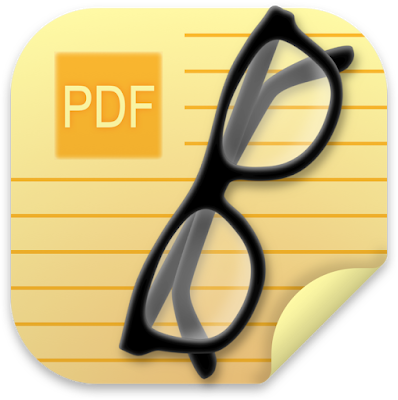DIY MCP Server

What Is This About? Since MCP servers (AI agents or Agentic AI) are all the rage, I figured "how hard can it be to build one?" What Is MCP? MCP and the AI Agent Landscape Model Context Protocol (MCP) is an open standard created by Anthropic (the makers of Claude.ai) to action the promise of Agentic AI or AI Agents, that are supposed to be the intermediaries between humans and AI to help humans get stuff done. They also help Claude connect to the outside world, like the Web or your filesystem. Give Me More Context Claude's training with public data ended around October 2024. So, when you ask a question, Claude isn't generally aware of late-breaking information. Claude also doesn't automatically carry memories or context of what you discussed in earlier chat sessions. That's where MCP servers come in. They allow Claude to access data it wasn't trained with and use its training to answer our " today " questions using a combination of " traini...





